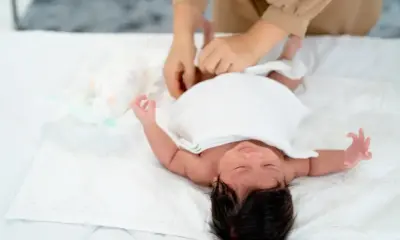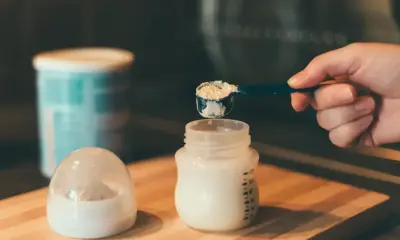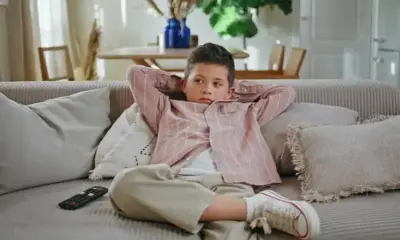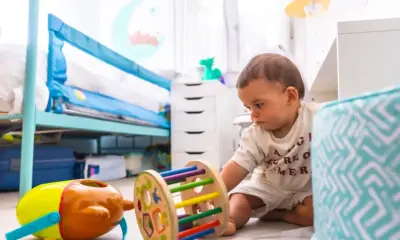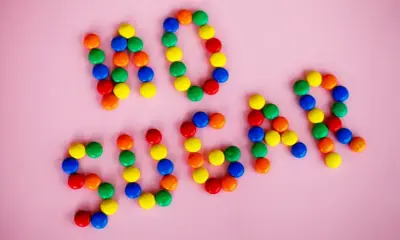Baby Development
When Do Babies Start Clapping, Waving, and Pointing?
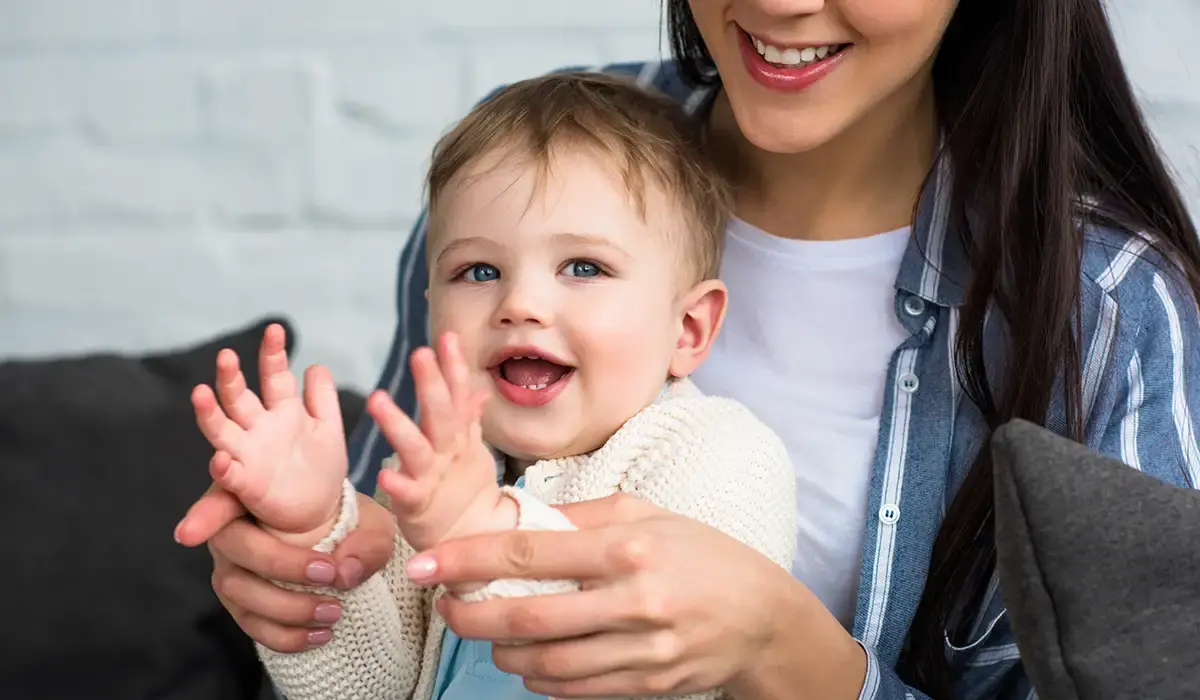
Baby Gesture Milestone Guide: How Babies Learn to Clap, Wave, and Point
From waving to pointing, babies begin using gestures as a fun and meaningful way to communicate.
The Baby Gesture Milestone Guide helps parents understand when and how babies develop these critical communication skills.
Why Gestures Matter in Early Development
Babies explore communication through smiles, coos, cries, and gestures. These early skills build the foundation for future language and social development.
Between 9 and 12 months, babies begin copying adults and using gestures like waving, clapping, and pointing to express their feelings.
These early actions offer more than cute moments; they represent real progress in emotional and brain development.
Encouraging your baby’s gestures supports stronger language development and helps them feel connected to the world around them.
You might also enjoy the articles on our other site: Allies of Skin Partners with Case Kenny for ‘Skin Care = Self-Care’ Campaign
When Do Babies Start Waving, Clapping, and Pointing?
Most babies begin clapping, waving, and pointing sometime between 9 and 12 months.
However, some babies may imitate gestures earlier but won’t use them meaningfully until 15 to 18 months.
For example, a baby might wave around 9 months but only connect waving to “goodbye” at 12 months or later.
Clapping often starts around 9 months as fun imitation but becomes more intentional closer to 15 months.
Pointing develops toward the end of the first year, yet meaningful pointing often appears closer to 14 or 15 months.
The Baby Gesture Milestone Guide gives clear direction on what to expect during these key developmental windows.
How Babies Develop Gesture Skills Step-by-Step
Newborn to 3 Months: Building Muscle and Awareness
Newborns move their arms and legs in jerky motions as they build strength.
By 2 months, arm control improves and babies begin watching caregivers closely, soaking in social cues and expressions.
They rely on senses to explore their environment and begin recognizing patterns, facial expressions, and movement.
4 to 8 Months: Social Interaction and Fine Motor Progress
At 4 months, fine motor skills improve, allowing your baby to grasp toys or reach for objects.
Social interactions become more active. Babies smile, babble, and coo during “conversations” with caregivers.
These early exchanges build essential brain pathways for more complex communication later on.
9 to 12 Months: The Gesture Explosion
During this exciting stage, your baby may imitate simple gestures like clapping, pointing, or waving.
With time and encouragement, these gestures become more meaningful and consistent, forming the base for real communication.
Around 12 months, most babies use gestures to share excitement, request something, or get someone’s attention.
How to Encourage Your Baby’s Gestures
Use Gestures During Daily Activities
Incorporate gestures while going through your day. Clap during songs, wave goodbye at daycare, and point to interesting objects.
Introduce Baby Sign Language
Baby sign language boosts gesture use. Repeating simple signs and speaking the matching words helps your baby understand them.
Support Physical Play and Tummy Time
Tummy time strengthens muscles used for gestures. Give your baby space to reach, wave, or grab toys on the floor.
Play Gesture-Based Games
Classic games like pat-a-cake or peek-a-boo teach timing, repetition, and expression through movement.
Your baby learns by copying you, so make gestures clear and consistent.
Baby Gesture Milestone Guide: Key Gestures by Month
Experts recommend introducing 16 gestures by 16 months to support communication and language skills.
Here are some suggested milestones from the Baby Gesture Milestone Guide:
- 9 months: Give toy, shake head “no”
- 10 months: Raise arms, reach out
- 11 months: Show toy, early wave
- 12 months: Point with open hand, tap fingers
- 13 months: Blow kiss, clap hands
- 14 months: Point with index finger, “shhh” sign
- 15 months: Nod for “yes,” hand for “wait”
- 16 months: Peace sign, high five, shrug for “I don’t know”
Caregivers play a big role in gesture development. Babies copy what they see consistently from trusted adults.
What If Your Baby Isn’t Gesturing Yet?
Most babies show gestures before their first birthday.
If your baby doesn’t clap, point, or wave by 12 months, talk with their pediatrician about a developmental screening.
In some cases, lack of gesture development may be an early sign of autism or a speech delay.
Early intervention programs and specialists can help identify challenges and guide families toward helpful strategies.
Prompt attention to delays can significantly improve outcomes and boost your child’s communication progress.
You might also enjoy the articles on our other site: The Great Debate: What’s the Right Rug Size for a Bedroom?
Use this Baby Gesture Milestone Guide to track your child’s development and celebrate every exciting step.
For more expert tips on parenting and early childhood, explore the latest updates and helpful articles on this website.

